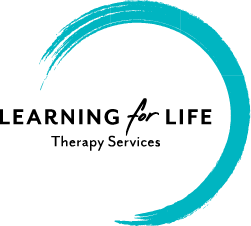Many adults and children may have difficulty expressing themselves verbally. This may be due to developmental delays, syndromes, poor oral control, neurological impairment or many other causes. As a result, they're left without a means of communicating with those around them - and this can result in plenty of frustration (for both the individual AND their communication partners!).
We believe that everyone has the right to communication and self expression - and if one modality is unavailable (such as verbal communication/speech) then it's up to us to find another way!
Gestures and sign are a natural part of our communication. Think about how often your hands do the talking even when you're unawares!
- Waving 'hello'
- Holding our hand up to say 'stop'
- Miming 'phone' across the room when someone needs to make a call
- Even signalling 'drink' at the bar, when you can't be heard across the noise!
By incorporating these naturalistic gestures into our communication and interactions with individuals who may be limited in their speech, it allows them opportunity to request, share, tell stories and engage in the world around them.
According to the 2011 census - there are almost 10, 000 Auslan users within Australia. When introducing non signing adults and children to signing, Key Word Sign (previously Makaton) is an adapted form of Auslan, using gestures and sign to communicate key words within communication. If you'd like to learn a little more about the history of Key Word Sign and how it came to be - click here for a wonderful article by Scope Australia.
Important things to be aware of when embarking on teaching sign:
- Model, model, model! Be prepared to demonstrate your signs in many interactions with whoever you're hoping to teach sign! Repetition and modelling are key.
- Always use speech and language to support the sign. KWS isn't intended to be a total replacement of verbal communication, but rather a complement to it. If a child or adult's speech is unclear, it allows them to clarify their message with an accompanying sign.
- When using sign, we still communicate in full, complete sentences.
- Attend workshops and courses in your area! There are wonderful specialists and trainers all around Australia who regularly run workshops/courses. Have a look through Key Word Sign Australia and find one near you!
If you have any questions about sign or supporting communication using alternate methods - please don't hesitate to email us via the 'contact' page.
Happy hand talking!
LFL x
Image taken from KWS Victoria

